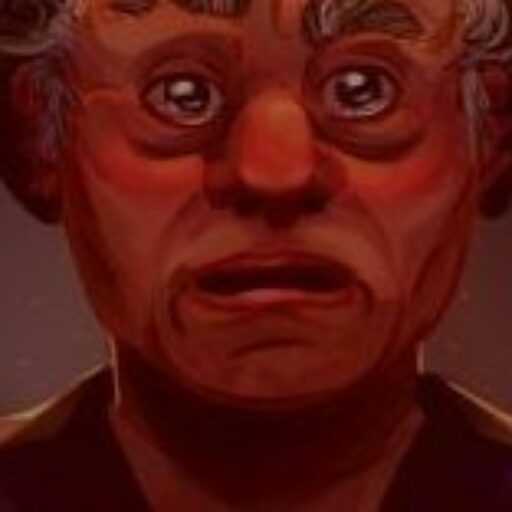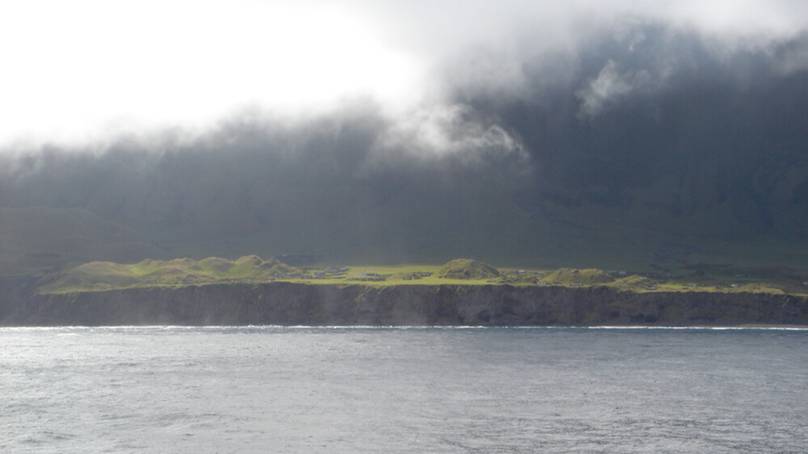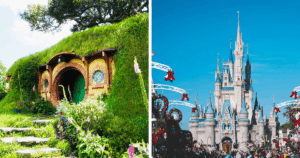“Unraveling the Mystery of Inaccessible Island: The Untold Stories of Those Who Tried and Failed to Call It Home”
Ever wondered about the quirks of the world’s most remote islands? Well, grab your imagination and hold on tight, because we’re about to explore a corner of the earth where public access is just a pipe dream. Nestled in the South Atlantic, Gough and Inaccessible Islands are about as off-the-grid as you can get. They’re a couple of stone-throws away from Tristan de Cunha, the world’s most remote inhabited island—but don’t get any ideas about setting up a picnic there; these secluded gems are completely deserted. Join me on this voyage as we delve into their magnificent cliffs, wild bird colonies, and a maritime history filled with audacious sailors trying their luck against the odds. Curious to find out more? LEARN MORE.
One of the world’s most remote islands is currently inaccessible to the public, and it’s owned by the UK.
You may have heard of the island of Tristan de Cunha and its UK postcode, and while it holds the title of being the world’s most remote inhabited island, at least people manage to live there.
There are nearby islands that are also under the UK’s jurisdiction and are just as remote, but nobody lives there.
Home to one of the world’s largest colonies of sea birds, it’s located in the south Atlantic and features scenic cliffs.
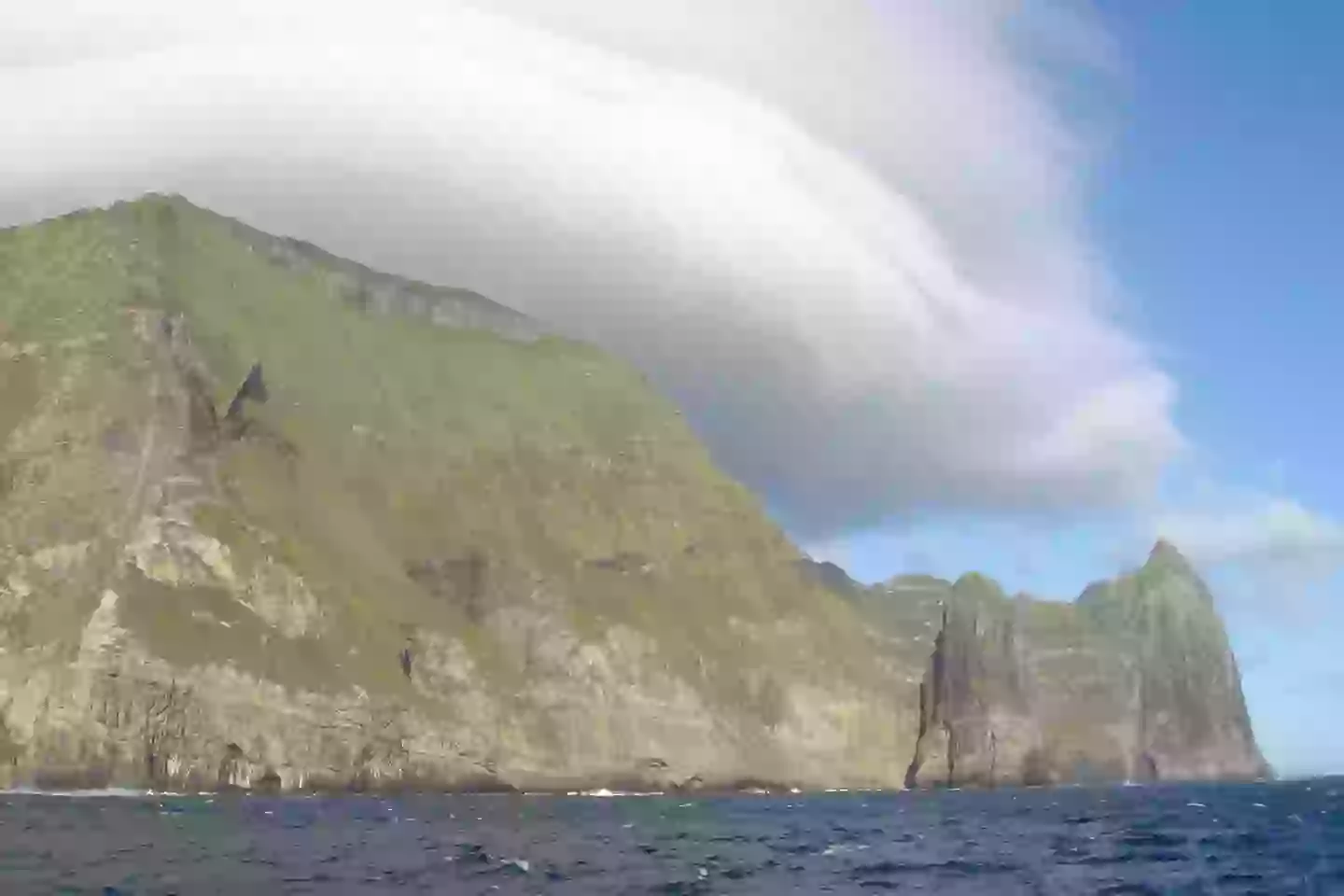
The island has a stunning landscape (Creative Commons Attribution-ShareAlike 3.0 IGO/Ron Van Oers/UNESCO)
They’re called Gough and Inaccessible Islands, and even though they are technically dependencies of Tristan da Cunha, the former is over 400km (255 miles) southeast of it, while the latter is just 31 km (19 miles) southwest of the inhabited island.
Currently a UNESCO World Heritage site, they stand as the least-disturbed islands and ecosystems in what’s known as the ‘cool temperate zone’, which is a climate zone with four distinct seasons.
Boasting some eye-catching cliffs and featuring an environment that features no mammals, Gough is ruled by the gallinule and the Gough rowettie, two species of sea birds.
Inaccessible Island, on the other hand, got its name for being exactly that. Inaccessible.
There is one endemic species of land bird here, the Inaccessible Rail, and it lives on the island along with eight types of plants.
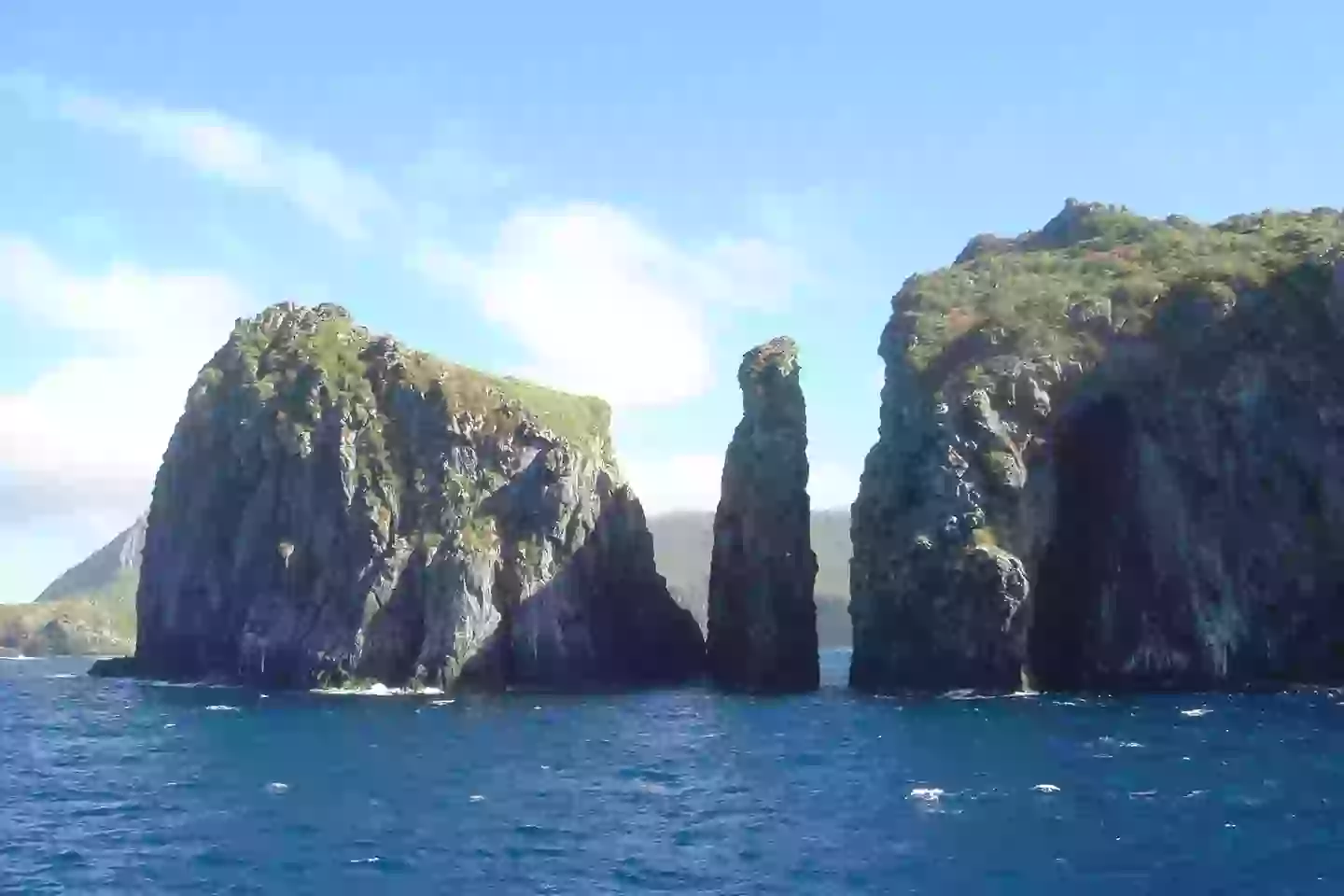
It’s near impossible to gain access to the island (Creative Commons Attribution-ShareAlike 3.0 IGO/Ron Van Oers/UNESCO)
Known as an extinct volcanic island, Inaccessible Island was active around six million years ago, with its central area reaching a peak height of 449 metres above sea level.
There are some boulder beaches, though it is surrounded by sea cliffs, making it near impossible to inhabit.
But this didn’t stop some of the more ambitious sailors from trying their luck, despite the unforgiving terrain and conditions around the island.
Captain d’Etchevery, who manned the French ship Etoile du Matin, unsuccessfully tried to land on the island, giving it its ‘Inaccessible’ name, instead of ‘Ile de Etchevery’.
The island became a World Heritage site in 2004 as the conservation of its wildlife became globally significant, with rare species still inhabiting Inaccessible Island.
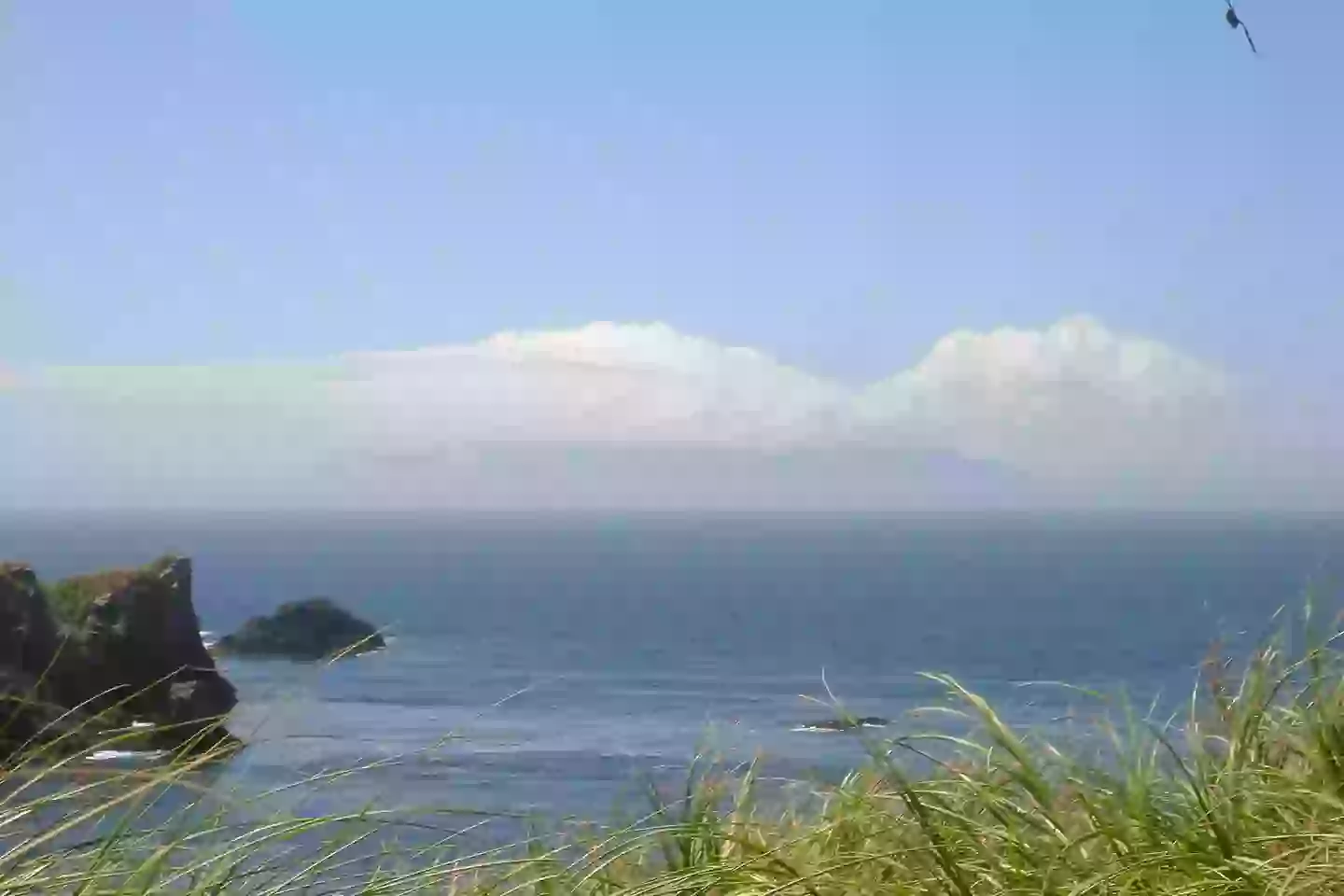
Sailors have tried to capture the land in the past (Creative Commons Attribution-ShareAlike 3.0 IGO/Ron Van Oers/UNESCO)
The most famous shipwreck across the Tristan Islands can also be found here, as the East Indiaman Blenden Hall was destroyed on 23rd July 1821 here, running ashore in foggy weather.
Luckily, around 50 people survived and lived off fish, sea birds and even penguins before making their way to Tristan de Cunha on a small boat.
The are where the ship crashed is now known as ‘Blenden Hall’.
